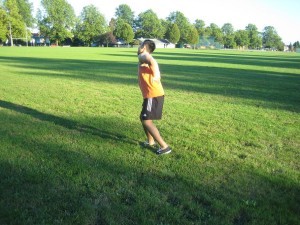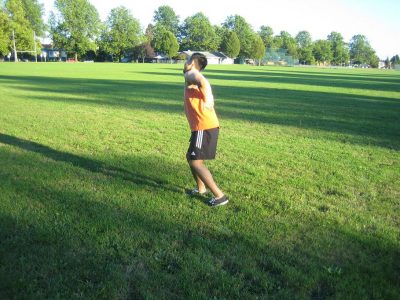Spinal cord compression occurs if there is a mass that compresses the cord. It is important to note that the spinal cord contains nerves that transmit signals back and forth between the brain and the entire body.
The mass might be a bone fragment or tumor. The compression can form in any part of the spinal cord ranging from the neck up to the lower spine.
What are the indications?
The indications of spinal cord compression tend to vary on the severity and area affected.
One of the usual indications is pain or stiffness in the back or neck. Weakness or numbness in the legs, arms and hands can also develop. In some instances, cauda equine syndrome can develop if the compression occurs in the lumbar region. The symptoms of this condition include:

- Intense pain and weakness in the legs
- Severe numbness in the back part of the legs and inner thighs
- Loss of bladder and bowel control
What are the causes?
Spinal cord compression has various causes such as:
- Ruptured disc
- Certain degenerative diseases such as arthritis
- Bone spurs
- Bleeding disorders
- Non-cancerous and cancerous tumors
Who are at risk?
Any individual can end up with an injury or develop a condition that leads to spinal cord compression. Certain factors can increase the risk such as:
- Poor lifting techniques
- Osteoarthritis
Management
The treatment for spinal cord compression is based on its severity and cause. The doctor might suggest reducing physical activity or immobilization. The commonly used treatment options include:
- Anti-inflammatory medications to reduce the pain and swelling
- Physical therapy with exercises that strengthen the abdominal and leg muscles
- Epidural steroid injections into the spinal region
- Home measures such as application of ice packs and heating pads as well as over-the-counter pain medications
- Alternative measures include acupressure or acupuncture
Surgery might be an option if the conservative measures fail to work.
More Information / Disclaimer
The information posted on this page on spinal cord compression is for learning purposes only. Learn to recognize the indications and how it is managed by taking a standard first aid course with Red Deer First Aid.

